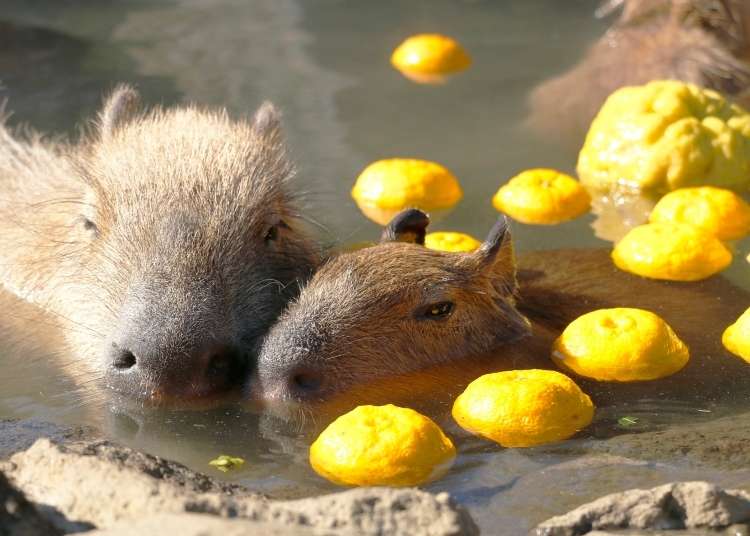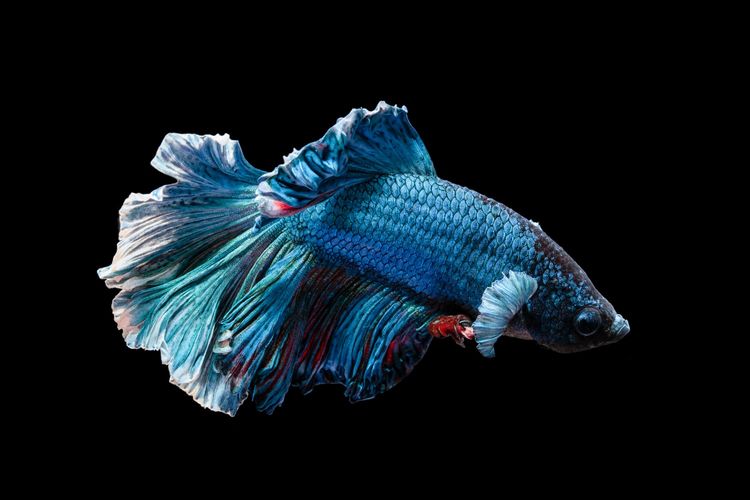Emissaries Guide to Worlding - Book Review

Emissaries Guide To Worlding Review
This blue hardcover book sat on my bookshelf for a year.
I wish I hadn't waited so long to open it, because after the first page, I was already blown away.
What is Worlding?
When we think of Worldbuilding, we think of Fantasy worlds, like Tolkien's Lord of the Rings. Or we think of Game worlds, like the ones Dungeon Master's craft for their weekend D&D games.
Well-built Worlds enable new stories. Think of the Star Wars universe, with its huge collection of books, prequels, sequels, video games, and fan fiction.
"a World needs an engine of ongoing-ness that can generate complexity and therefore surprises, without the supervision of its original author"
But Worldbuilding can be used for so much more than fiction or games.
In the title of his book, Cheng chooses to use 'Worlding' instead of 'World-Building', to separate the concept from our preconceived ideas around the term. His vision for Worlding goes beyond fictional worlds.
As an artist, Cheng is interested in how worlds begin. In his book, Emissaries Guide to Worlding, he explains Worlding through the example of his art project, Emissaries.
”Emissaries (2015-2017) is a trilogy of simulations about cognitive evolution, past and future, and the ecological conditions that shape it. Each simulation is centered on the life of an emissary who is caught between unravelling old realities and emerging weird ones.”
These simulations, built in a video game engine, are projected onto art gallery walls. Viewers watch as the main character, the Emissary, attempts to push the narrative forward in a procedurally generated ever-changing world.

Shiba Emissary character
Emissaries was shown around the world at galleries like MoMA PS1, Yokohama Triennale, Espace Louis Vuitton, and more.
But Worlds don't stop at Art either. Institutions, religions, and life itself are Worlds unto their own--real Worlds where we can choose to play or shape the rules ourselves.
“A World is a reality you can believe in: one that promises to bring about habitable structure from the potential of chaos, and aim toward a future transformative enough to metabolize the pain and pleasure of its dysfunction.”
- Build a company
- Build a community
- Build a relationship
Each of these is a World. And each can be improved by getting better at Worlding.
Cheng’s insight is that Worlding is a skill, a skill which can be developed, learned, and practiced.
“Worlding is the unnatural art of creating an infinite game by choosing a present, storytelling its past, simulating its futures, and nurturing its changes.” [1]
The Four Masks

What kind of person does it take to build a convincing World? One has to handle the tension between chaos, order, and transformation.
Cheng claims it takes four different kinds of people to World, and crucially, that each of these masks are worn by one single person, the Artist.
- The Director shapes the World’s container and narrative, giving birth to an idea
- The Cartoonist reduces the complexity of the World by creating understandable characters
- The Hacker pushes the boundaries of the World, using exploration and “meaningless” play
- The Emissary serves the World by ensuring its continuation
“It requires the Artist to abandon any sense of a coherent self and take on a different kind of psychology. One that moves between the artistic masks that already exist unevenly inside us, letting each contribute to the creation of a World.”
The skill of Worlding can be practiced by adopting each of the four masks at the right moment during a World's creation and continuation.
Let's examine each of these masks.

The Director
The Director's job is to start something worth turning into a World.
Their first task is to wrangle an infinite possibility space down into a container. Too much choice can be a blocker, can stifle creation. Therefore, this container must be bound enough to enable creation, but surprising enough to encourage narrative.
"Narrative affords us what we cannot find in unfiltered life: the chance to see a problem objectively and subjectively at the same time, and the chance to see our actions in a larger chain of events."
Further, for a story to develop, a narrative requires an interruption of routine. Farmboy loses his aunt and uncle. Halfling inherits a ring. Boy meets girl. “From this interruption, drama naturally emerges.”
To be the Director requires good taste. Knowing what you like and what you dislike gives rise to an opinionated view on what your World should look like.
"What I make is a mutation of what I eat, so if I control what I eat, I can influence what my conscious and unconscious selves will make. My mind is not authentically original, but instead an information processing organ that needs material to inventively combine, compose, and connect."

Some of Cheng’s influences. Look familiar?
In the Emissaries trilogy, each Cheng assigns each protagonist a directive: a young girl must persuade her community away from a reawakened volcano; an intelligent dog must learn what it means to be human; a disembodied AI must experience incarnated life.
With a container, a narrative, and a plan, the Director is ready to hand this fledgling World to the Cartoonist.
The Cartoonist
The Cartoonist's job is to take the Director's complex vision and distill those ideas into characters.
"A character can be a powerful cognitive technology", says Cheng.
What does he mean by this? A character encapsulates an idea, an attitude, or a way of looking at the world into an understandable, identifiable character.
"[Characters] become actual conscious options to choose from rather than muddled internal feelings or memories...this is the most profound aspect of cartooning"
Characters help make the Director’s ideas comprehensible.
What makes a good character?
Complexity, not complication, through an interruption of routine. An ancient tiny alien with incredible powers. The powerful king who succumbs to temptation. The rapper who’s a really nice guy.

"A character is good when a child can pick out its features and draw their version of it."
When the Cartoonist has created a set of simple, truthful characters, they are ready to let the Hacker take over.
The Hacker
The Hacker's job is to experiment, to play, and to create "New" art.
Why?
Because they can.
"The Hacker offers no further orientation. The riches are rough, exciting, and valuable, but meaningless to non-hackers" The hacker pushes the World into new territory with their “meaningless” play. What was once meaningless exploration becomes technological leverage.

state diagrams of the AI agent's "brain"
Cheng, as the Hacker, took the Cartoonist's designs and applied procedural generation to them, algorithmically creating their clothes and behaviors. At each showing of Emissaries, a random seed generated brand new characters and landscapes.
The main characters still had the same goals: finish the narrative. But much like a spoken story changes each time it is told, each "simulation" of Emissaries became a completely new re-telling. The main character might accomplish their goal in a ‘normal’ manner, or accomplish their goal via a completely unexpected method: running off the edge of the world, or by replicating itself.

Procedurally generated clothing
The World is given a sense of "aliveness" by the Hacker's exploration. But now it is time for the Hacker to give way to the Emissary.
The Emissary
The Emissary's job is to transcend the finite games played by the other masks, and allow the World to become an infinite game.
“A world wants to emerge as an infinite game: one that keeps on going, invites new agents to keep it in play, is fertile with surprises, and continues to generate unexpected meanings”
In the face of the unknown, the temptation to return to familiarity is great. But the Emissary must resist the temptation to turn the World into a finite game. They must face the unknown.
"the act of Worlding is about willfully heading towards an unending frontier and being open to perceiving new meaning at every turn."
The Emissary serves the World, nurturing its continuation, even if that means passing the title of Emissary to a new player.
"The Emissary's job is finished when the World is open and the Emissary can no longer go on."
Worlding our futures

Worlding is a crucial skill for imagining, no, building our future.
"Imagine how the art of creating infinite games might open a way to an even greater art: the art of choosing better futures, thus expressively steering the medium of space time and sculpting our agency in it..."
Our world is shifting rapidly. Each new technology, every new way to communicate and connect, represents a destabilizing force. Our shared Worlds, institutions, religions, ways of life, are all threatened by these new forces.
We can choose to integrate these new technologies into our existing Worlds, or we can create new ones.
We need:
- Directors, to set action-enabling boundaries and a vision for the World
- Cartoonists, to make the World human and understandable
- Hackers, to experiment, to try new things, to push the World further
- And finally Emissaries, well-practiced in Worlding, who can continue to transform and shape Worlds.
Although I'm closing on this serious note, I have to remind myself that Worlding is still about play.
To be an Emissary requires playfulness, a light touch, and ultimately, the freedom to choose to play.
“To create infinite games as an act of agency. To live to World, and World to live.”
- Buy Emissaries Guide to Worlding (Hardcover)
- Buy Emissaries Guide to Worlding (e-book without illustrations)
[1] From James Carse’s Finite and Infinite Games:
“There are at least two kinds of games. One could be called finite; the other infinite. A finite game is played for the purpose of winning, an infinite game for the purpose of continuing the play.”




Member discussion